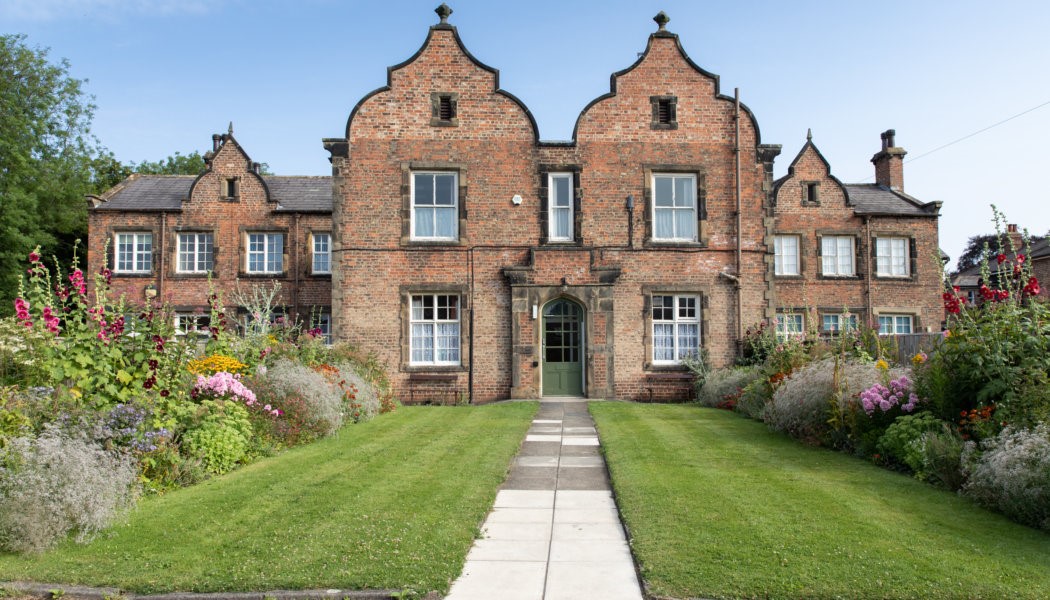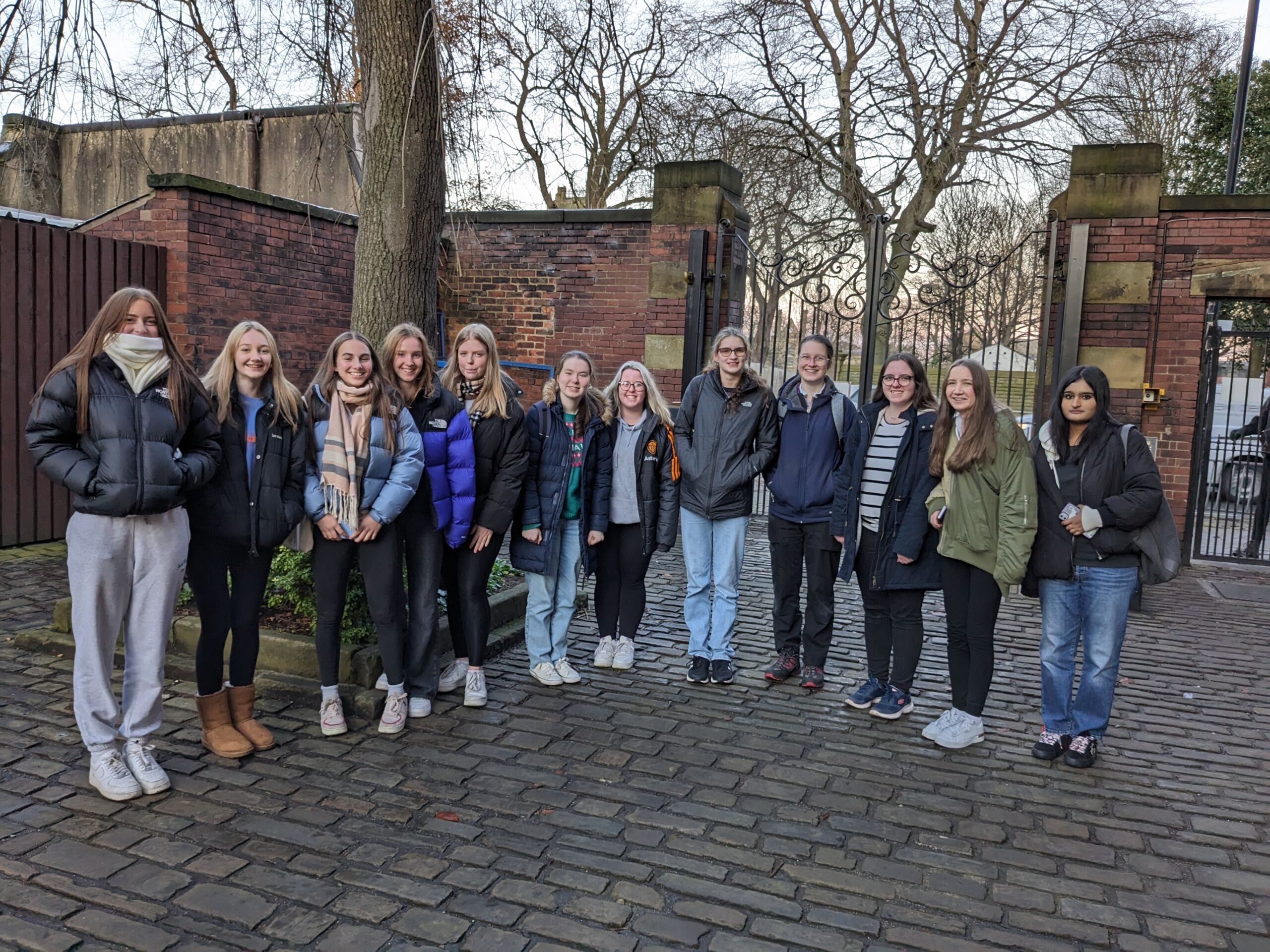


History Trip to Ripon Workhouse
On Friday 1st December, Year 12 A-Level History students visited Ripon Workhouse Museum, where students received a specialist educational programme that included interactive roleplay and talks by expert guides on various aspects of the workhouse regime.
Students are currently studying Poverty, Public Health and the State (1780-1939) as part of their A Level History course. Established as a result of the draconian 1834 Poor Law, the workhouse provided the last refuge for Ripon’s most marginalised and desperate residents for over a century.
It was an intimidating institution, offering a bed, a roof and basic rations (think Oliver Twist and his bowl of gruel!) in return for a life of stifling routine, laborious drudgery and social isolation.
The trip provided an invaluable opportunity to gain an insight into the lives of those who experienced the Victorian welfare system, as they spent the morning touring the workhouse and exploring the lives of its inmates. In the afternoon, they visited the nearby courthouse museum, role-playing a historic trial which saw a 12 year old boy deported to Australia for stealing a loaf of bread in Ripon marketplace – another reminder of the sometimes harsh realities of Victorian life.
Here is Year 12 student Amelia’s write up of the trip:
On Friday, the Year 12 historians visited Ripon Workhouse and Courtroom to immerse ourselves in the world of 19th century paupers. It was an all-immersive experience with truly Dickensian weather allowing us to empathise with and understand the actual experience of the poor by re-enacting a court case and walking through the actual workhouse, as it would have been until it closed in 1930. At A-Level, we study poverty in Britain, with a specific highlight to the workhouse system, making this trip even more useful in helping us understand the everyday lives of real people beyond the statistics of a textbook.
Mr O Shaw
History Teacher



